VW presents the ID.4 GTX with all-wheel-drive
Volkswagen has just presented the first all-wheel-drive model in the ID. family. This is the first time the German carmaker has revealed the price of 50,415 euros before subsidies. The sporty GTX model is to be launched on the market this summer.
++ This article has been updated. Kindly continue reading this article below. ++
The expectations of the German carmaking giant are high: after the GTI and GTE, the GTX label is to continue nothing less than “the successful history of the sporty top models at Volkswagen” – only transferred “intelligently into the electric world”. This electric world is to be “charged with new, modern sportiness”.
Enough prefaces and GTX marketing phrases: As long expected, the ID.4 GTX is Volkswagen’s first all-wheel-drive electric vehicle. However, the technical specifications of the drive were already released a while ago. Škoda announced the Enyaq with two all-wheel drives in September 2020, while Audi just recently followed with a Quattro offshoot of the MEB SUV Q4 e-tron. The ID.4 GTX will thus have a system output of 220 kW, be able to drive up to 180 km/h and accelerate to 100 km/h in 6.2 seconds. Škoda had mentioned an output of 225 kW, but the Enyaq vRS is not yet available for order, so the final output of the production model may still vary.
A permanently excited synchronous machine (PSM) with 150 kW is installed on the rear axle, and an asynchronous machine (ASM) mounted on the front axle is switched on as required. VW says that the core of the drive concept is an intelligent control system which decides “how the available drive torque is distributed between the two electric motors in order to always achieve the respective optimum of efficiency, dynamics and driving stability”. In most driving situations, only the PSM is used on the rear axle; the ASM does not generate any increased driving resistance here. Only when there is a high demand for power or a loss of traction on the rear axle is the ASM switched on within milliseconds – as is usual with many electric all-wheel-drive vehicles.
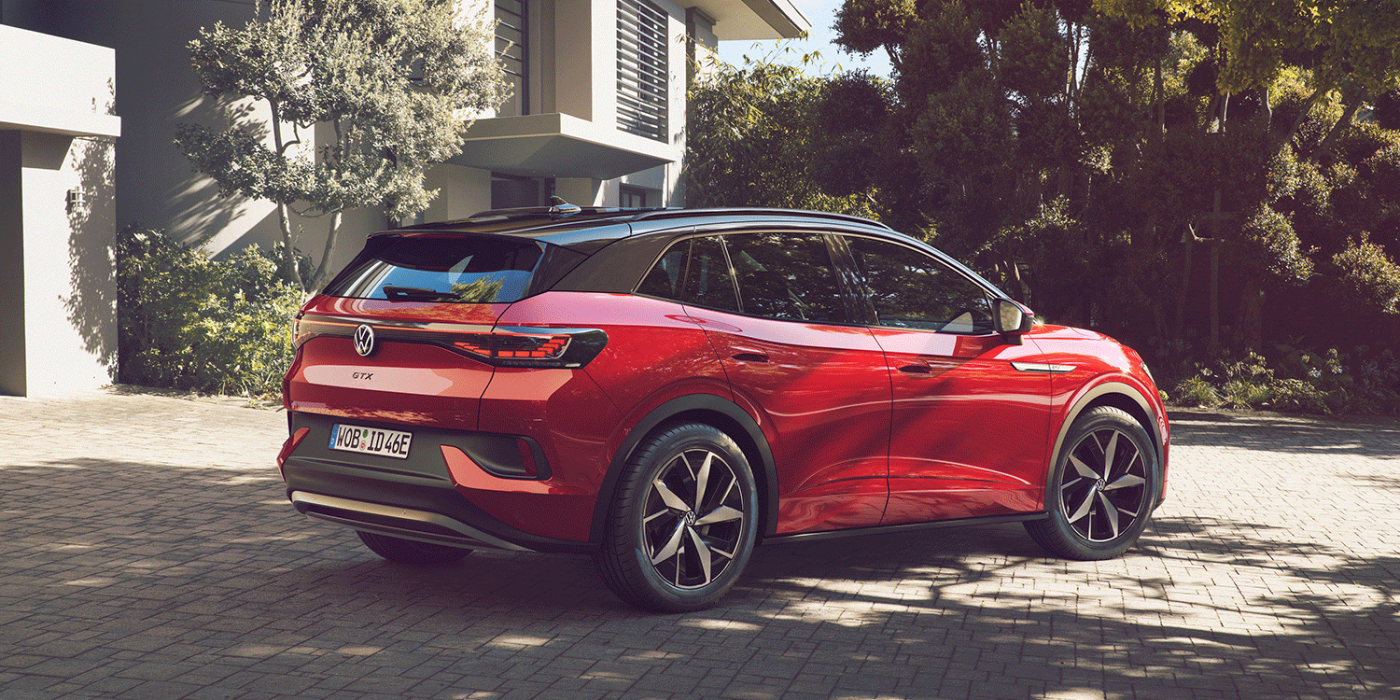
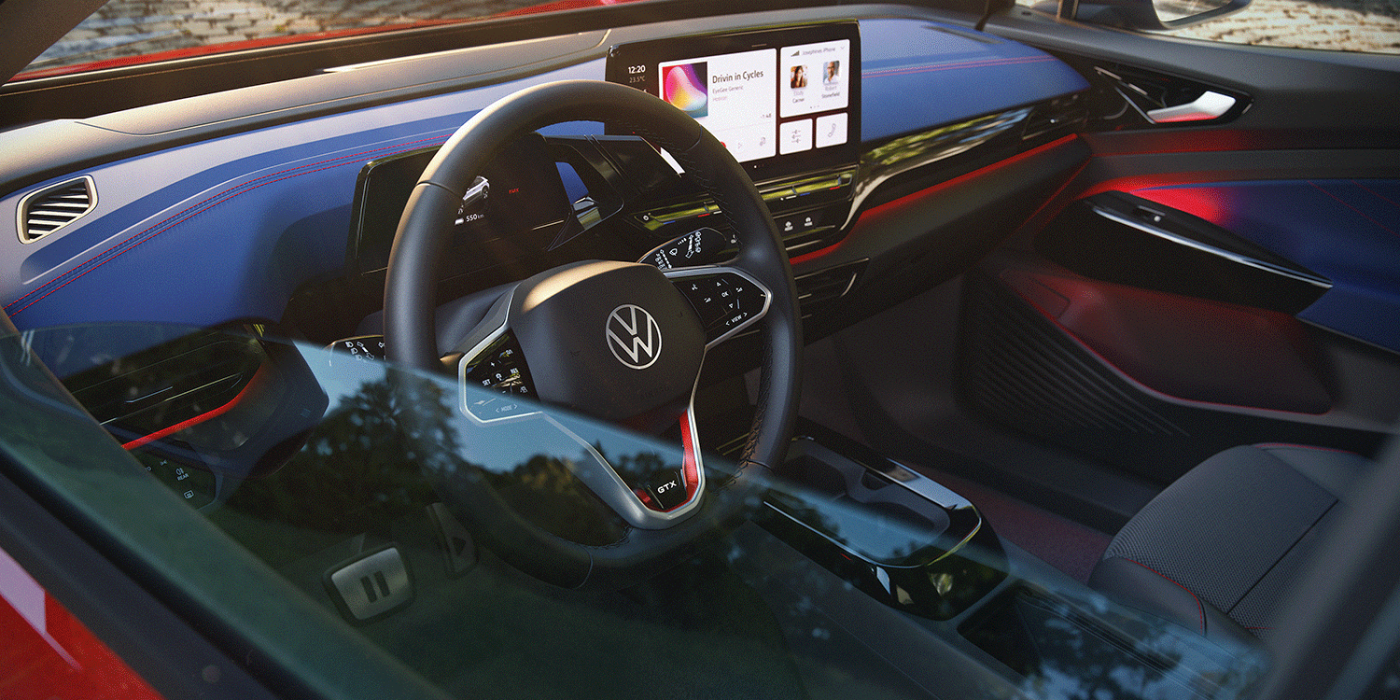
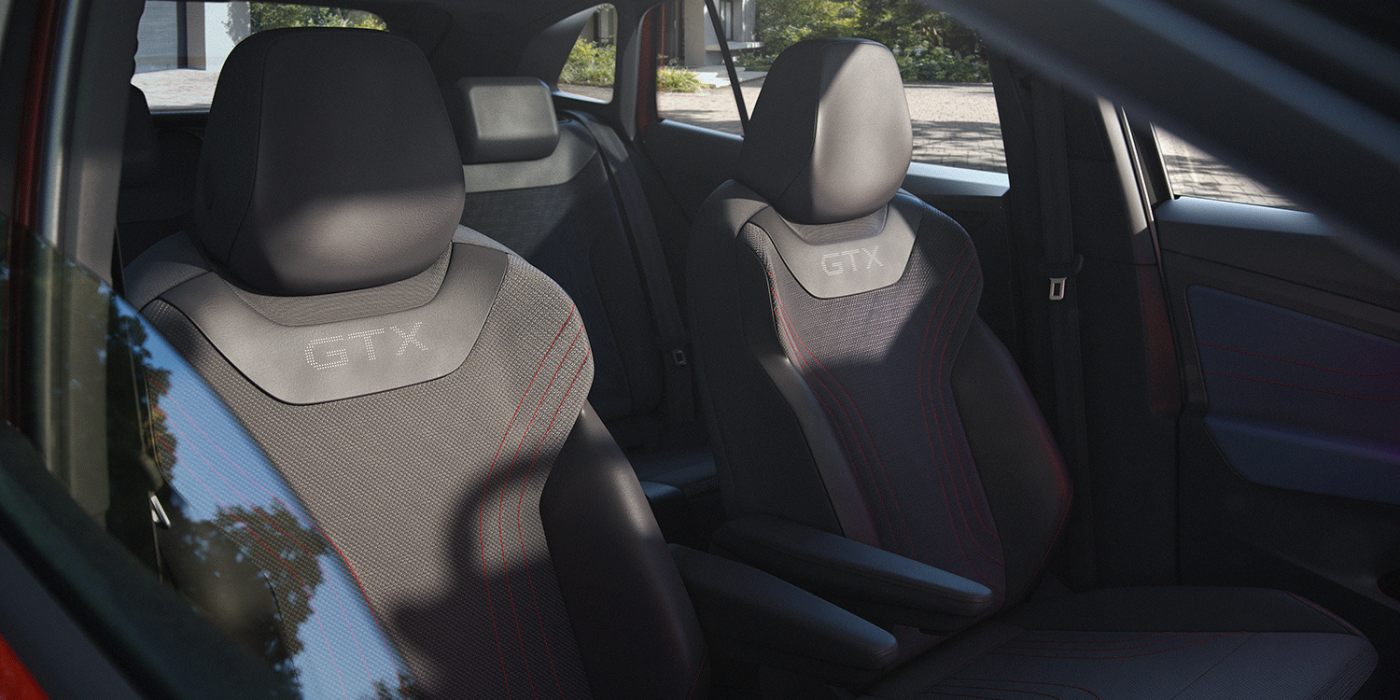
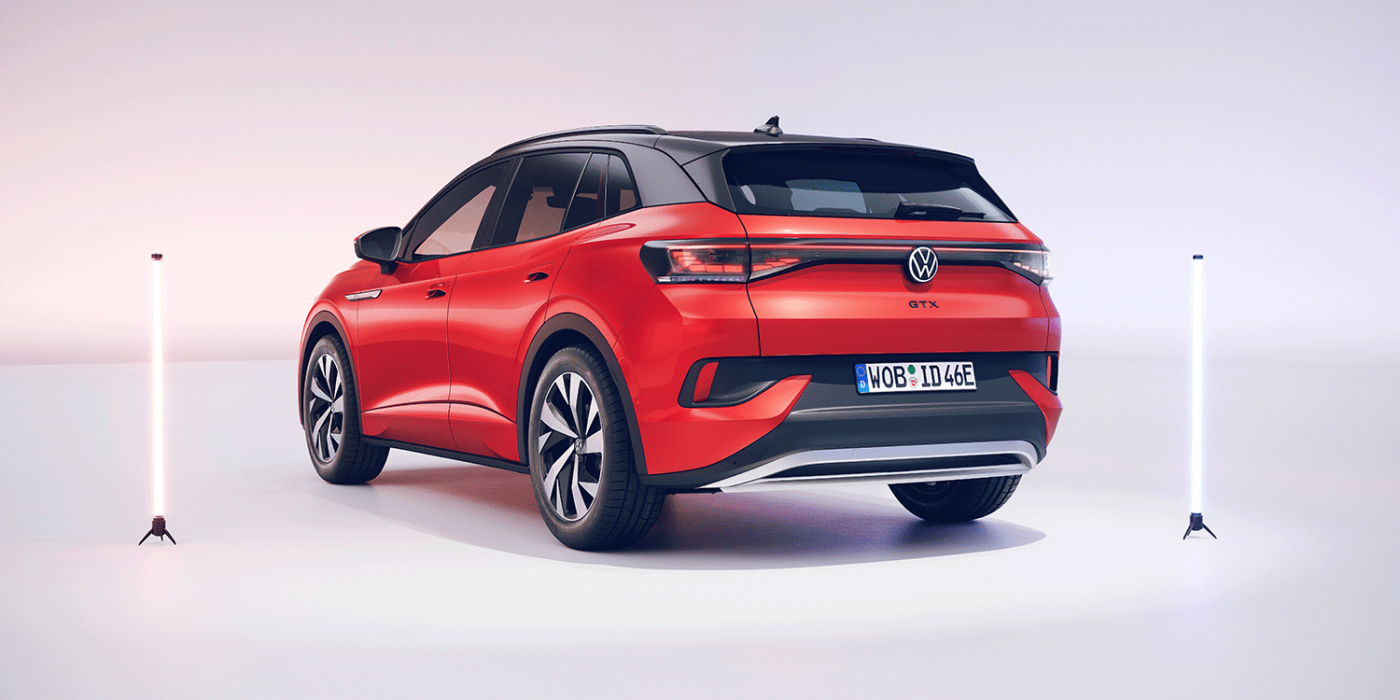
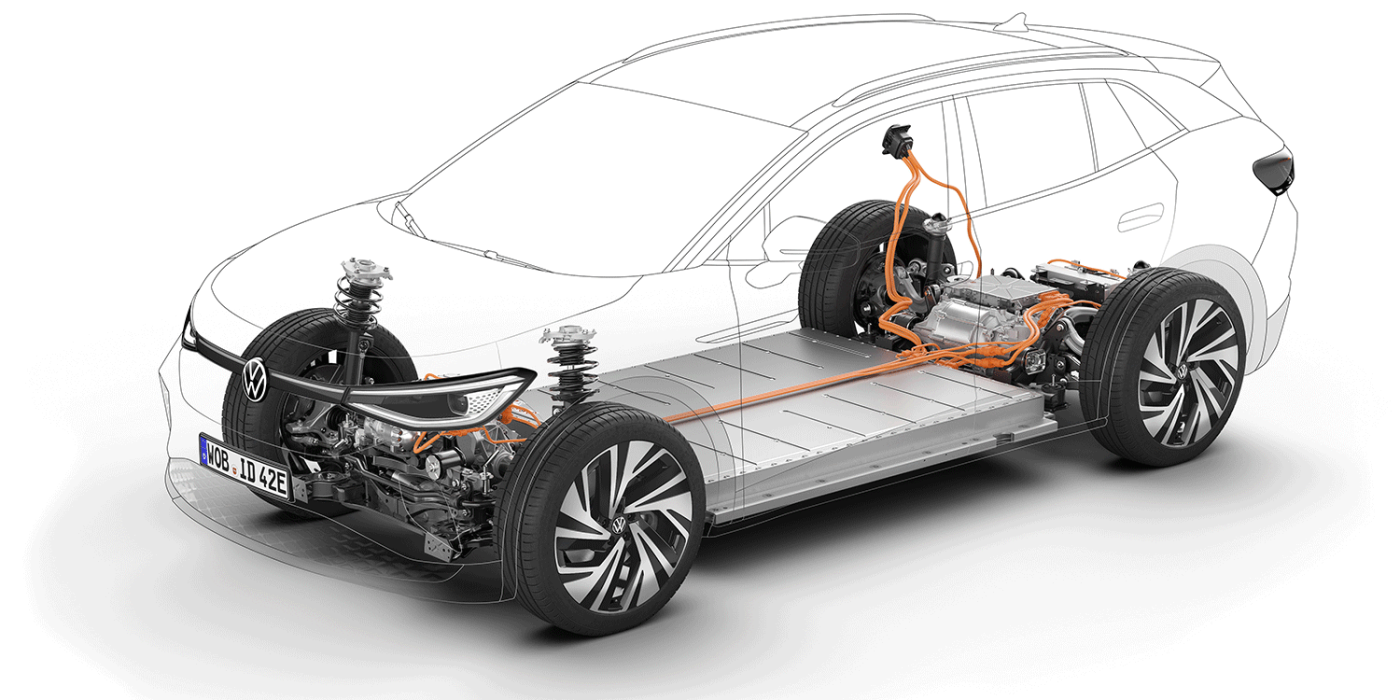
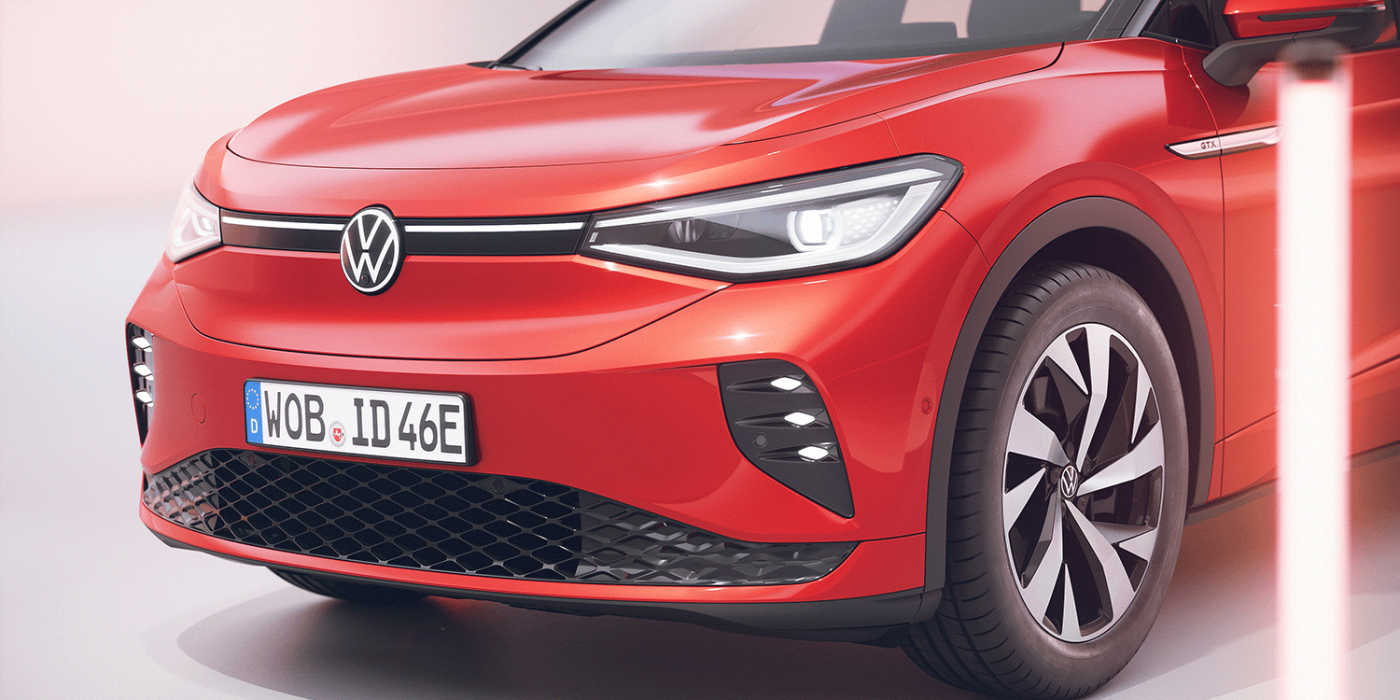
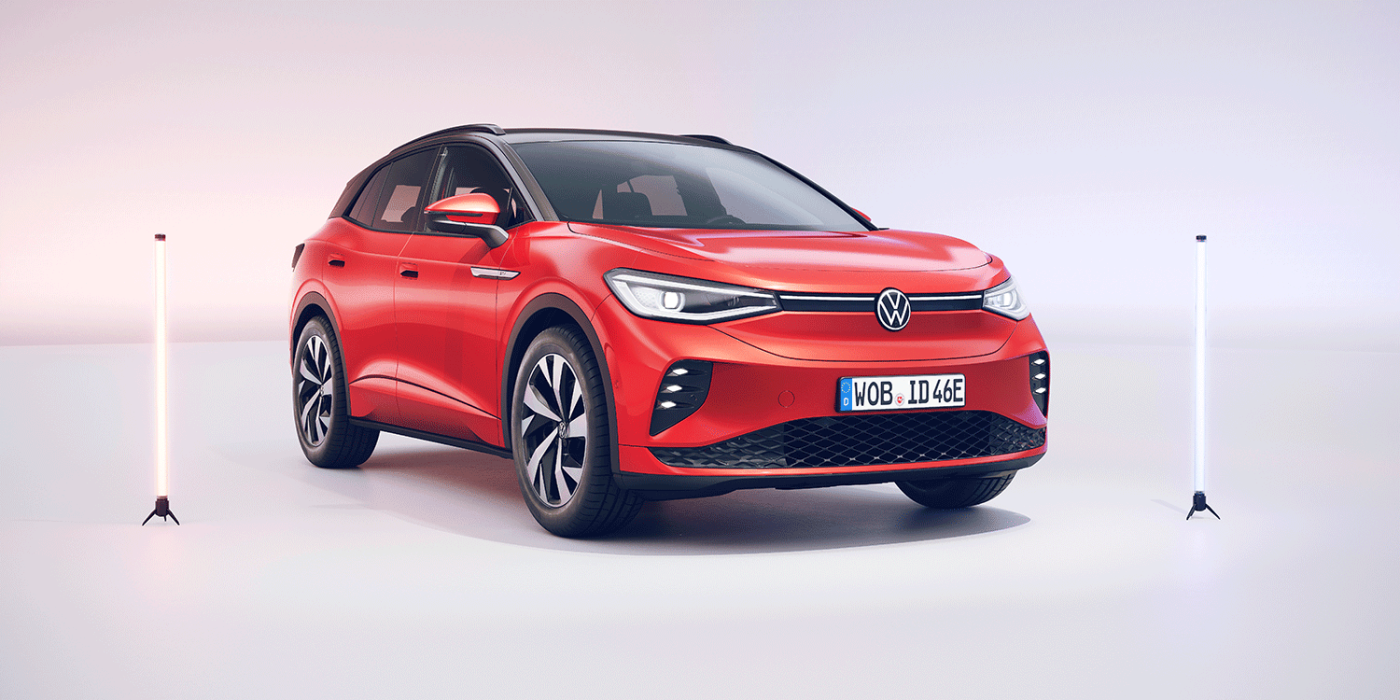
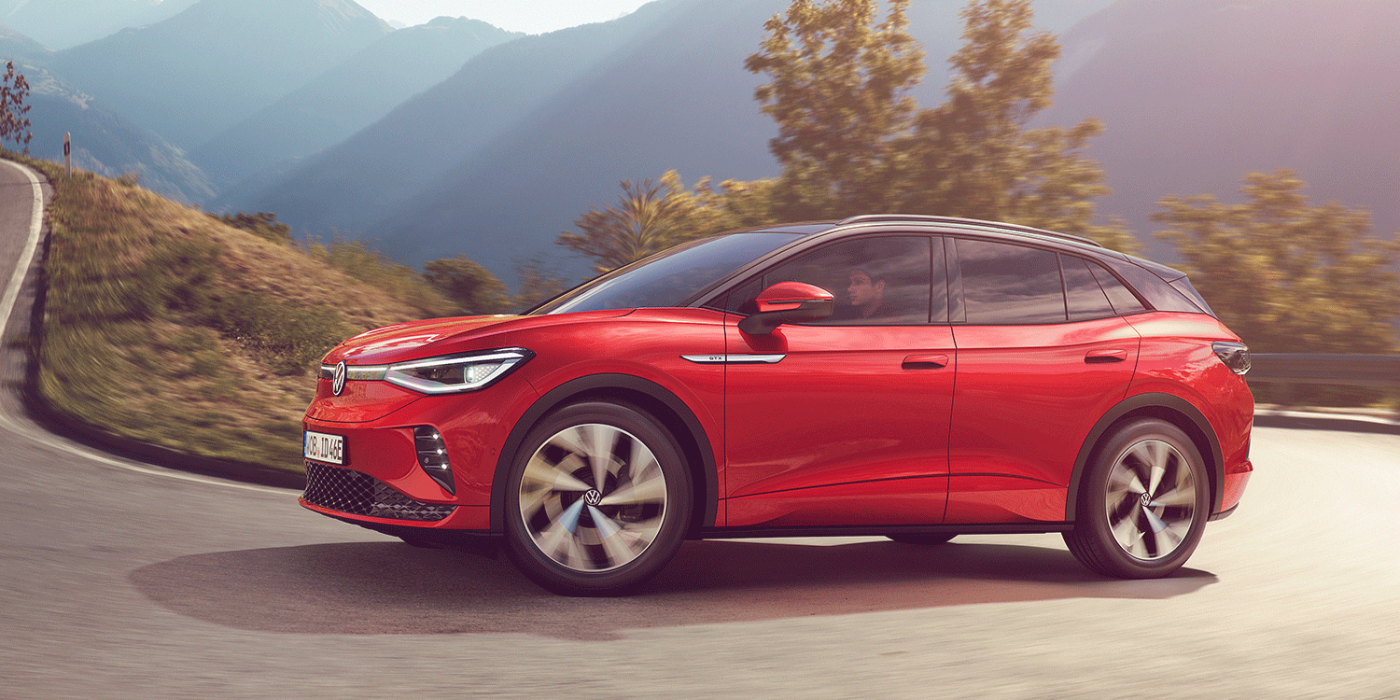
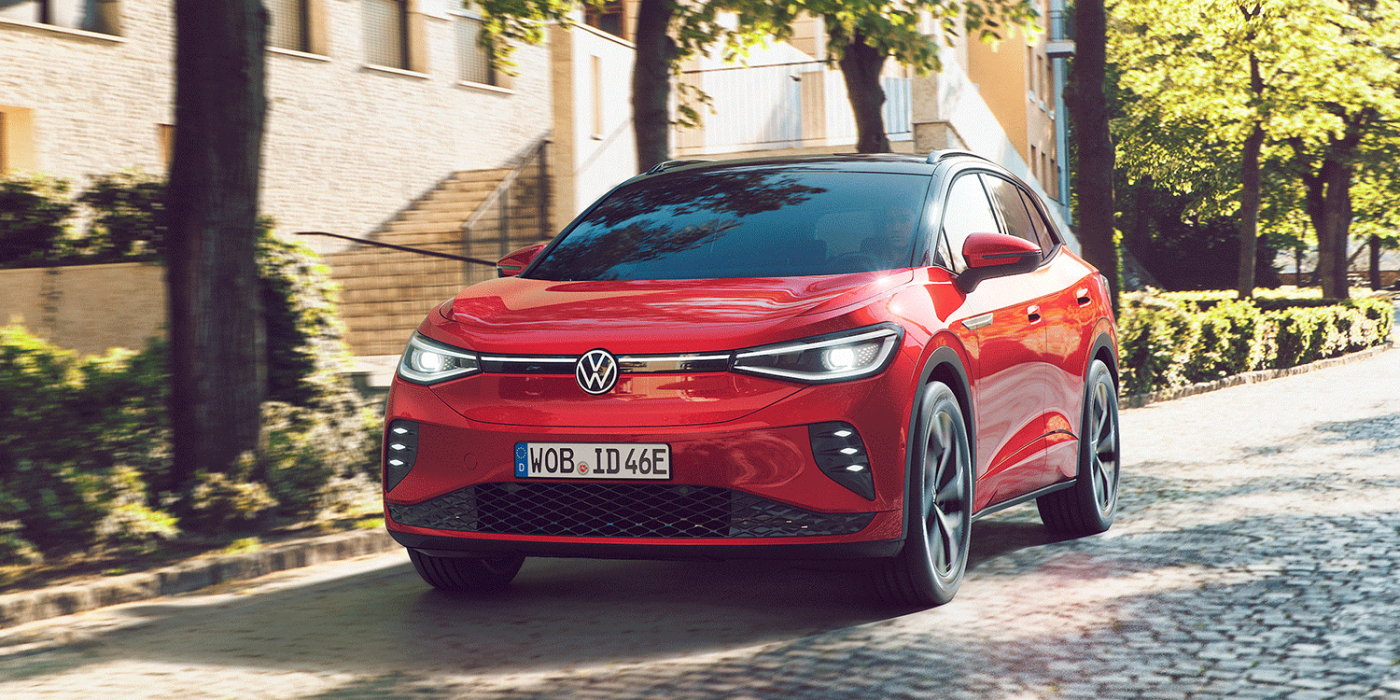
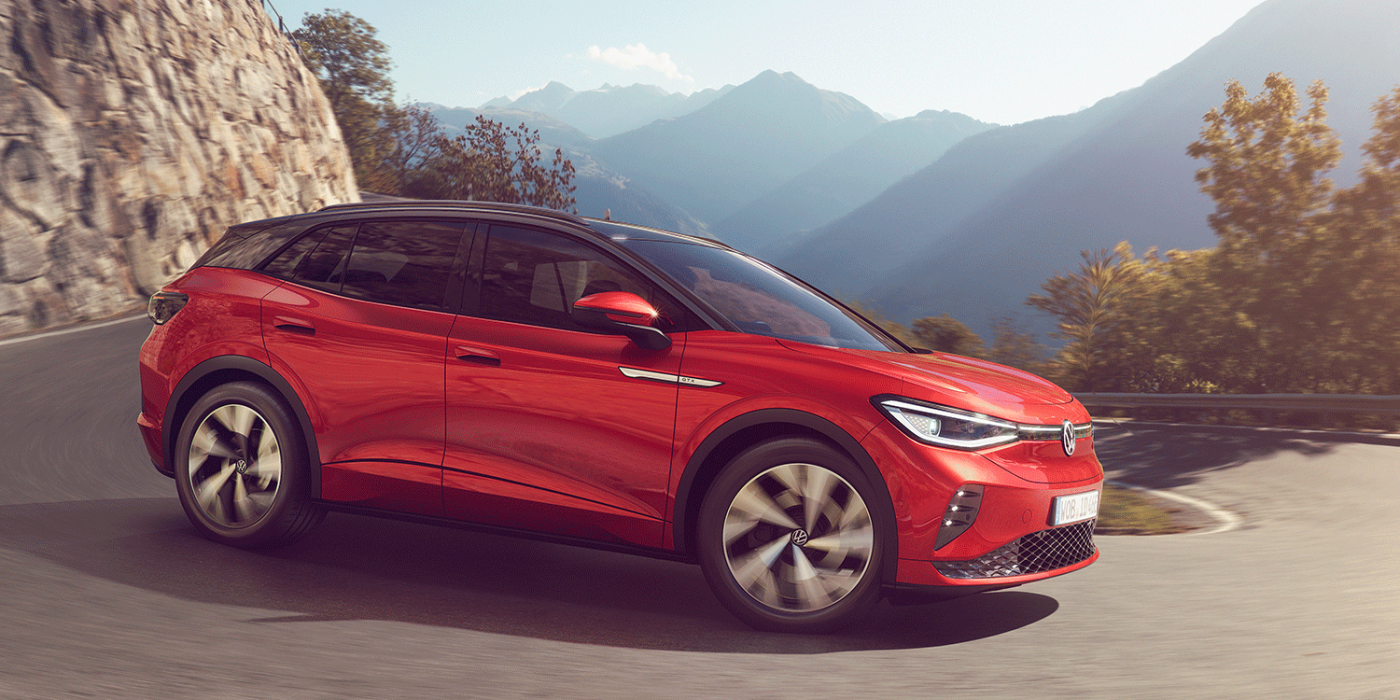
The electric car’s control of recuperation is interesting: instead of using the better deceleration effect on the front axle, VW says the PSM in the rear takes over the deceleration on its own “for many light and medium braking situations”. Only in some situations does the ASM also participate in recuperation, for example when the maximum electric deceleration of 0.3g is required.
Like the Enyaq and Q4 e-tron, the ID.4 GTX also relies on the 77 kWh battery (82 kWh gross). Volkswagen gives a WLTP range of 480 kilometres – eight kilometres less than the slightly more aerodynamic Audi. The DC charging power is also 125 kW; a three-phase AC charger with 11 kW is installed ex-works.
Changes to the regular ID.4 models concern the chassis and the appearance – at least in part. From the factory, the GTX is available with 20-inch wheels in the GTX-exclusive ‘Ystad’ design. The 21-inch ‘Narvik’ rims are available as an option and these are also available for the other ID.4s for an extra 1,690 euros. The light signature, on the other hand, is GTX-exclusive: In each of the narrow outer inlets, there are three LEDs on top of each other. Together with the LED matrix headlights, which are standard on the GTX, this is intended to distinguish the GTX from other ID.4 versions. There is also new light at the rear: nine area light guides each, which stand freely in space, are supposed to create “an arc-shaped tail light”. During deceleration, an X-shaped brake light is illuminated.
ID.4 GTX cheaper than some rear-wheel-drive variants
The GTX’s sports suspension with 15 millimetres lowering is also only optional, as is the progressive steering. In the ‘Plus’ sports package, the ID.4 GTX has the DCC adaptive chassis control system on board in addition to the progressive steering.
Despite the sportiness, there should be no loss of luggage space – this holds between 543 and 1,575 litres. Since the MEB models do not have a frunk, this is not affected by the electric motor on the front axle. With the optional hitch, the top model can tow trailers weighing up to 1,200 kilograms.
The ID.4 GTX is scheduled for market launch in Europe “in summer 2021”. In Germany, the base price is 50,415 euros – thus the customer can claim the reduced environmental bonus of 7,975 euros (5,000 euros from the federal government/2,500 euros net or 2,975 euros gross from the manufacturer). This makes the GTX in the basic version even cheaper than the ID.4 Pro versions Business, Family, Tech and Max, which also rely on the 77 kWh battery but have to make do with only one electric motor (150 kW).
Update 19 May 2021: The VW ID.4 GTX is now going on pre-sale in the first countries in Europe. In Germany, its basic price is 50,415 euros before subsidies. VW did not specify when the first GTX models are to be delivered, so it probably remains with a summer 2021 delivery launch.
“The ID.4 GTX is as sporty as a GTI, as comfortable as an SUV and as sustainable as the other members of the ID. family,” Sales Director Klaus Zellmer praises the new model. “And with the GTX we are once more accelerating our ‘Way to Zero’ – to make Volkswagen net carbon-neutral by 2050.”
With reporting by Sebastian Schaal, Germany.




0 Comments